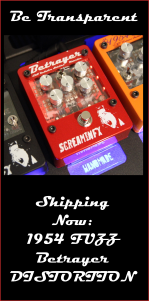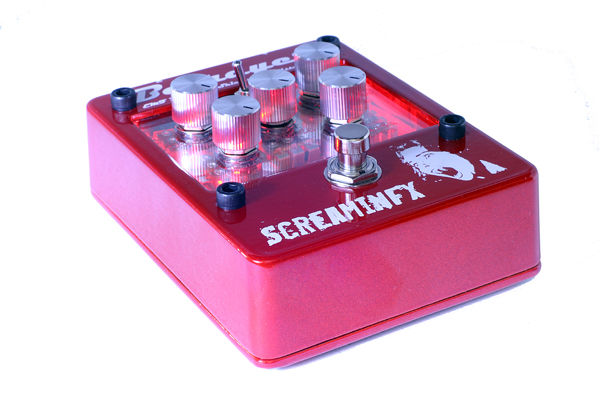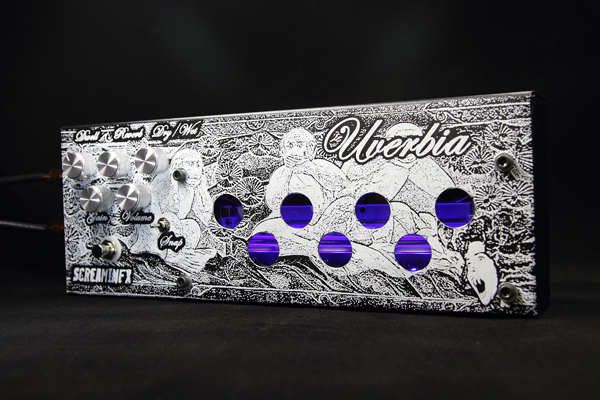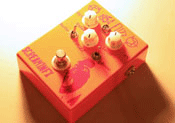Comparison of How Different Guitar Reverb Pedals Work:
By Screamin Seth W, Ph.D.
I have been designing an all spring reverb pedal called the Uverbia™ that uses a real spring tank instead of a digital chip. I put together this detailed article comparing spring tanks and digital units so that guitarists could learn a lot about reverbs and how they work. Please let me know if you have any questions and find me on Youtube, Facebook and Instagram for more tone tips and tricks along with information on the pedals I design!
Reverb Basics:
When sound enters a room, it can either go straight to the listeners ear (DRY) or it can be bounced around and reflected off of anything in the room (WET). Reverb is the reflected sound that builds up and continues beyond that direct sound which was produced and went straight to your ear.
Rooms and spaces are all unique and they are filled up with all kinds of objects that reflects sound differently: stages, padding, the bar, a large crowd. . . even your drummer intent on using his china cymbal as often as possible.
When a sound is first produced it is reflected back and the time it takes to hear the first reflection is the DELAY of the reverb. The bigger the room, the longer the DELAY. The sound is then reflected around off of other objects and will take some amount of time to DECAY so that you can’t hear it.
What you actually hear is a mix of the DRY original sound and the WET reflected reverb sound. The final sound depends on the room shape and what is in it. If you think about it, any space, be it a HALL, STADIUM or BATHROOM will have an infinite combination of reflections and its own unique REVERB sound.
For the most part, we aren’t used to hearing completely dry sounds and REVERB makes a guitar sound bigger with more tone.
Reverb generation:
NATURAL ROOM:
The most natural way to generate reverb is to have a specially designed room for the type of reverb you want. For instance, many recording studios have absorptive material on the walls to limit the reverb and the recording room’s effect on the sound. Another example is a concert hall with specially designed architectural features so that the delivered sound to the audience’s ear is ideal. In most cases, you can’t control the room and you would really like to have additional or different reverb. Therefore, different methods of generating reverb over the years have been developed and used for musical purposes.
PLATE REVERB:
A transducer changes the electrical sound wave to a mechanical vibration which then vibrates a large plate of metal. These vibrations are reflected around and a pickup then changes the sound back to an electrical wave. These can be very large and weigh hundreds of pounds, not something you really want to drag around to your next show!
SPRING REVERB (MOST COMMON IN AMPLIFIERS):
A spring reverb tank uses a number of springs to reflect the sound and create reverb. Figure 1 shows a spring tank made by MOD with the transducer, pickup and springs labelled. In a method similar to the plate reverb, a transducer changes the electrical sound to a mechanic vibration in a number of transmission springs. These are very common in guitar amplifiers because they don’t weigh a lot, cost less and can have a very good sound.
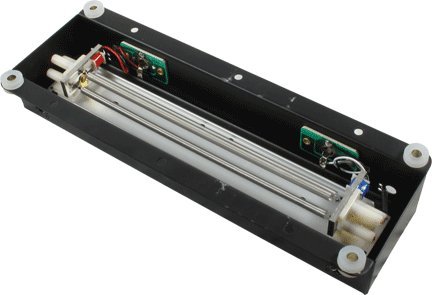
Figure 1. Picture of a spring reverb tank made by MOD. Picture is from their website.
The input transducer is a coil (large number of wire windings) which is around a magnetic lamination shaped like a U. Inside the U, more magnets are suspended so that electrical energy entering the coil creates a magnetic field in the lamination which then moves the suspended magnets and vibrates the transmission springs on the input side. The reverse happens on the pickup side, which is a similar type of transducer (coil, U shaped magnetic lamination and suspended magnets attached to the springs on the output side). The vibrating springs move the suspended magnets in the pickup which creates a coupled magnetic field in a second U laminate. This magnetic field has an associated current and voltage.
The difficult part of a spring reverb is that the WET signal through the springs is then relatively small, only several millivolts and is must be amplified before being mixed back with the original DRY signal.
Different springs are used so that the reverb has more depth and sounds more realistic. Depending on the wire thickness gauge, the springs length and overall spring diameter different delays can be achieved. This is desirable because if you think about a room, there are many objects to reflect off; each with different delays. Multiple spring work in a similar way.
DIGITAL REVERB (MOST COMMON IN SMALL PEDALS):
In a hypothetical example, if from one point in a room, you knew the distance and material to everything else in the room, you could calculate mathematically what the reverb would sound like for this one point. In a way, this is what an architect would do for a concert hall when they design it. If you could know all this information, you could write one large math equation to describe the room. So what…right?
Today’s society is living in a digital revolution. In another article, I wrote about analog and digital but in short, what happens is that your analog guitar signal is transformed into a digital bunch of 1s and 0s Matrix style using a digital integrated circuit chip (Analog to Digital Converter ADC). Then, an equation similar to our hypothetical perfect one from before is used on the digital signal to calculate what the reverb would be. This equation can be very simple, just one echo all the way to a complicated algorithm which simulates any type of reverb, natural hall, natural bathroom, plate or spring, anything that has been programmed with its own equation. This is called digital signal processing or DSP.
The main difference is that this equation is based on a mathematical representation of what the sound would be, not what it actually is. A real analog signal will be infinite while the digital signal will have some set length and finite parameters. Many digital ICs are so good though, that it can be very difficult to impossible to hear the difference. These integrated circuits are based on a lot of research, think about how much Line 6 for example has to do to simulate different amps and sounds and the actual DSP programs are usually secret.
Because the digital integrated circuit is so small, many different types of reverb can be programmed on one circuit and the user is usually able to choose from several different types of rooms and sounds. Figure 2 shows what a simple digital reverb chip looks like. The can also be much more complex with larger Digital Signal Processors and memory, like a small computer!
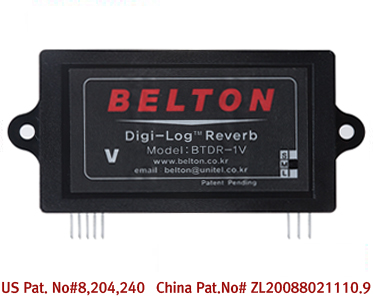
Figure 2. Picture of a digital reverb integrated circuit chip made by Belton. Picture is from their website.
The topology of a circuit for a digital reverb pedal s actually fairly similar to one used for an analog spring. The dry signal of the guitar goes in and is split so that a portion goes to the reverb generating integrated circuit (IC) (WET) and the rest (DRY) is sent to the end of the circuit to be mixed with the portion that goes to the reverb.
The big difference is that the IC generates the reverb instead of an actual analog spring. This generation can usually be controlled directly with a signal to the chip to change the parameters of the reverb which is why on a digital reverb pedal, it is so easy to make several different reverb sounds.
The DRY guitar is then mixed with the WET reverb from the IC to form the complete pedal. The digital reverb is easier to make because the signals have correct impedances and higher voltage levels after the IC than compared to a spring tank. A spring tank much have a large, low noise, gain block to recover some of the reverb sound as well as careful attention to matched impedances and power levels.
Analog Spring Reverb Tank vs. Digital Reverb IC circuit:
|
Analog Spring |
Digital Chip |
|
|
What does the Reverb Generator Look Like? |
|
|
|
How Big is It? |
Pretty Large, a Medium Tank is 9 inches by 4 inches |
Very small, can be less than an 1 by 1 inch. |
|
What makes the reverb sound? |
Mechanical: echos and vibrations in a spring tank unit |
Electrical: Digital calculation of what a natural reverb would sound like |
|
What is the main circuitry used? |
All Analog |
Digital reverb generation with analog gain and controls |
|
What is the response? |
Infinite |
Finite FIR or IIR depending on reverb generation algorithm |
|
How many different sounds? |
Only one tank so the reverb will be based solely on it. |
Many digital programs can be included which allow for multiple reverb effects. |
|
How big is the final Reverb pedal? |
Can be very large, must contain the send and return amplification along with the actual spring tank. |
Can be very small, depends on the included circuitry but stomp box sized. |
|
How hard is it to design a pedal using this method? |
Difficult: Must pay attention to impedances, gains and noise. |
Easy: known circuits available. |
How to test a reverb pedal: What you should listen for:
1. The first echo, how long does it take to hear it and what is the DELAY of the reverb. Try making a sharp, muted staccato muted strum by holding the strings with your fretting hand.
2. How long is the DELAY, does the sound disappear quickly or does it have a longer delay. The same test as #1 will work.
3. How is the sound reflected, do you hear lots of trebly vibrations similar to a surf guitar sound or is it darker and not as harsh.
4. How WET/DRY can you make the signal?
5. Are you able to maintain your stage volume on the different reverb settings when it is on? Try turning the pedal on and off and see if you can maintain the same volume.
6. Does the reverb change the character of your sound? Is some of the treble removed? For instance, I have found that Accutronics spring tanks do not have the same response as a MOD tank.
Conclusions – Which one is Better:
I think its very touch to say if either a digital or analog spring reverb pedal is better. It really depends on the sound you are looking for and the type of pedal you want. I personally like the analog spring tank sound a little more for my guitar which is why I designed the Uverbia but use digital more often for recording. If you want a small, less expensive box then a digital reverb is probably the way to go. If you want something that works how an amplifier makes reverb and is all analog, then the spring tank is something you may want to look into.
Hope this helps and thanks for reading! Please let me know if you have any questions or ideas on things to add to the article.

